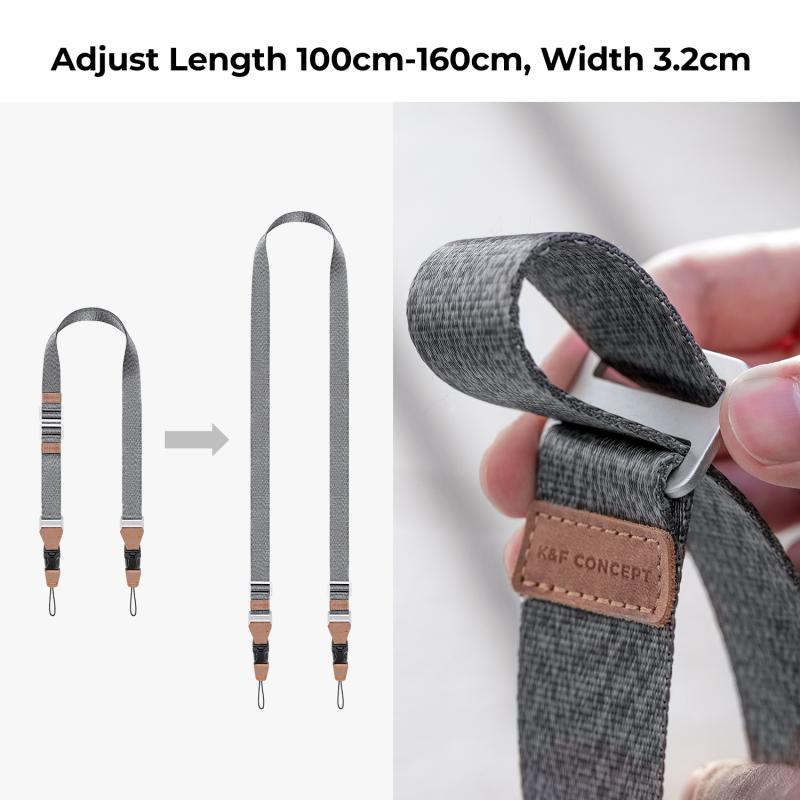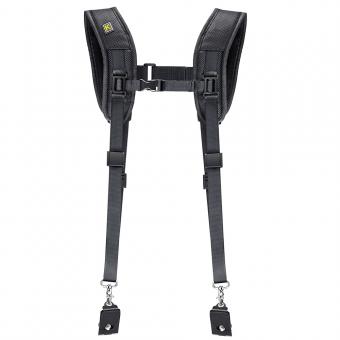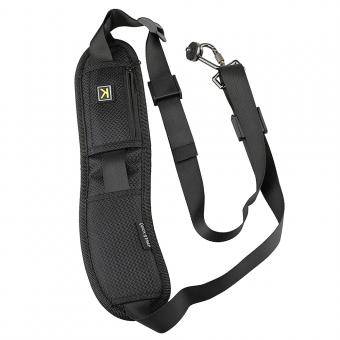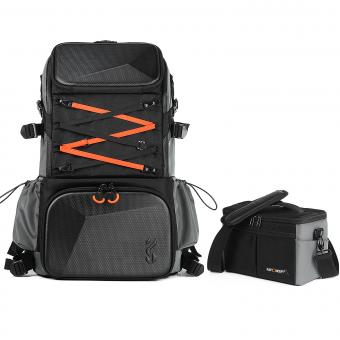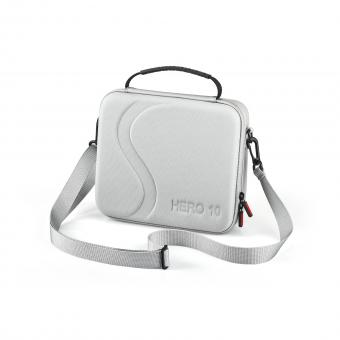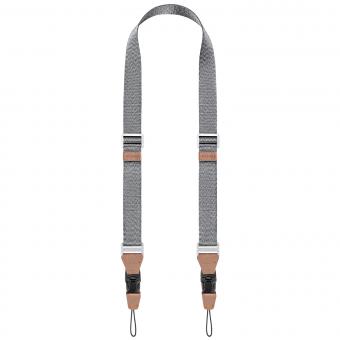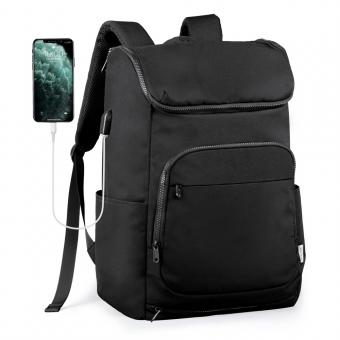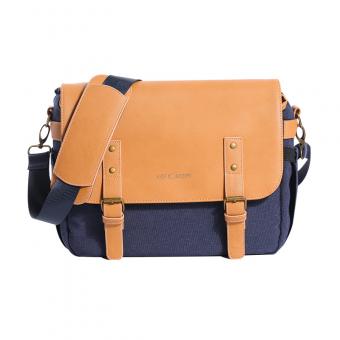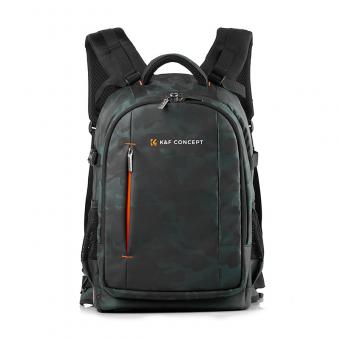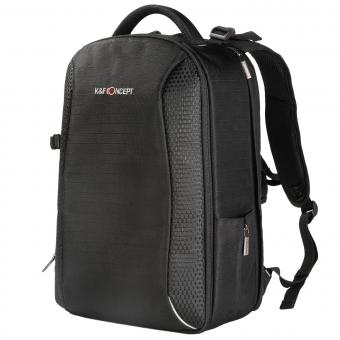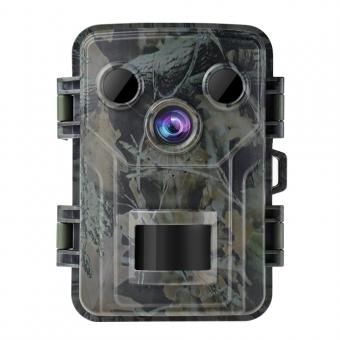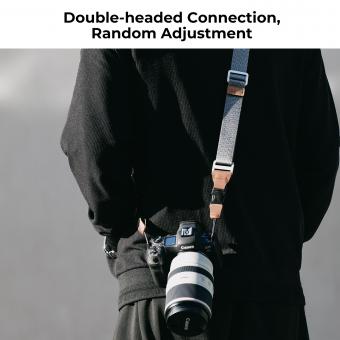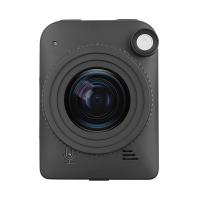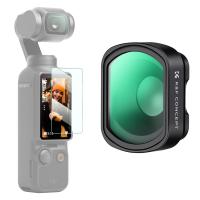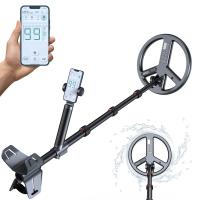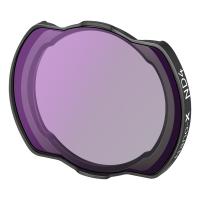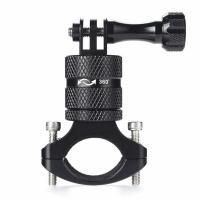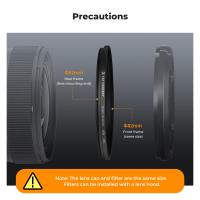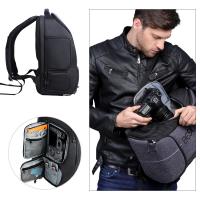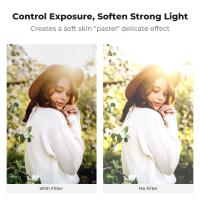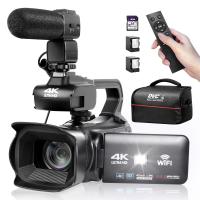Camera Shoulder Strap How To ?
To use a camera shoulder strap, first, locate the attachment points on your camera body. These are usually metal loops or eyelets on either side of the camera. Next, thread one end of the shoulder strap through one attachment point, ensuring that the strap is not twisted. Then, bring the same end of the strap back through the buckle or loop on itself to secure it in place. Repeat the process with the other end of the strap, attaching it to the other attachment point on the camera. Adjust the length of the strap to your desired comfort level by sliding the buckle or adjusting mechanism. Finally, place the strap over your shoulder and across your body, with the camera hanging at your side. Ensure that the strap is securely fastened and that the camera is balanced and comfortable to carry.
1、 Types of camera shoulder straps and their features
Camera shoulder straps are essential accessories for photographers as they provide comfort and convenience while carrying their cameras. There are several types of camera shoulder straps available in the market, each with its own unique features.
1. Basic Strap: This is the most common type of camera shoulder strap. It is a simple strap that attaches to the camera's lugs and hangs over the shoulder. Basic straps are usually adjustable in length and offer a comfortable fit. However, they lack additional features such as padding or quick-release mechanisms.
2. Padded Strap: Padded camera shoulder straps are designed to provide extra comfort, especially when carrying heavy cameras or lenses. These straps have cushioning or padding along the shoulder area, reducing strain and fatigue during long shoots. Some padded straps also feature non-slip materials to prevent the camera from sliding off the shoulder.
3. Sling Strap: Sling straps are worn diagonally across the body, allowing the camera to hang at the hip or back. This design provides quick access to the camera while keeping it secure and out of the way. Sling straps often have quick-release mechanisms, enabling photographers to detach the camera easily for handheld shooting.
4. Harness Strap: Harness straps are designed for photographers who need to carry multiple cameras or heavy equipment. These straps distribute the weight evenly across the shoulders and back, reducing strain and allowing for extended shooting sessions. Harness straps often have additional attachment points for accessories like lens pouches or water bottle holders.
5. Customizable Strap: Some camera shoulder straps offer customization options, allowing photographers to personalize their straps with different colors, patterns, or even their logo. These straps are popular among photographers who want to showcase their individual style.
In recent years, there has been a growing trend towards more ergonomic and adjustable camera shoulder straps. Manufacturers are focusing on creating straps that are not only comfortable but also versatile, allowing photographers to adapt them to their specific needs. Additionally, sustainability and eco-friendly materials are becoming more important considerations in the design of camera shoulder straps.
Overall, the choice of camera shoulder strap depends on the photographer's preferences, shooting style, and equipment. It is essential to consider factors such as comfort, durability, and functionality when selecting the right strap for your camera.
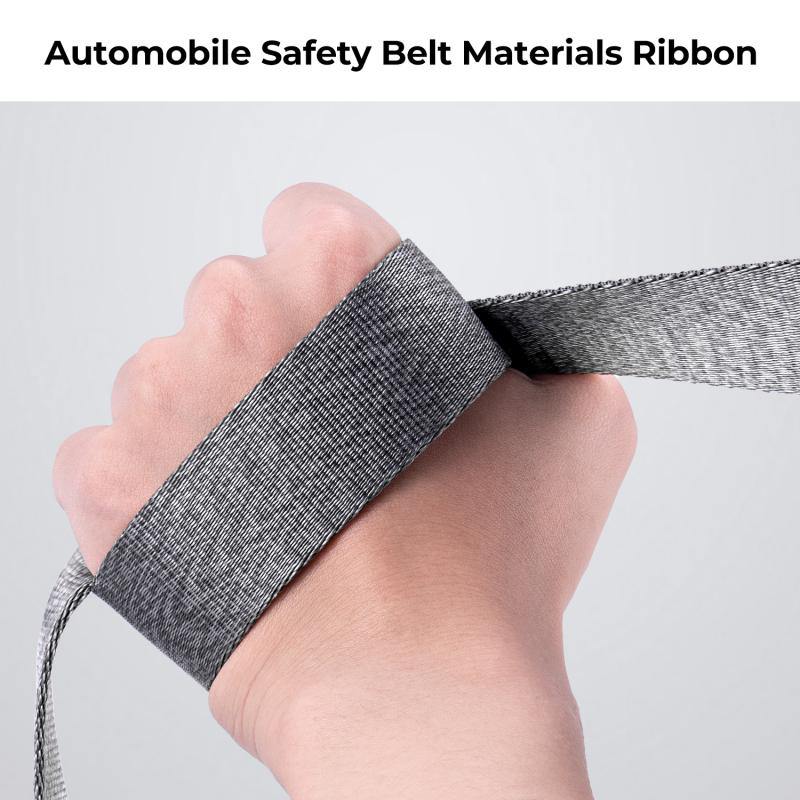
2、 Proper way to attach a camera shoulder strap
The proper way to attach a camera shoulder strap is essential for the safety and comfort of your camera. Here is a step-by-step guide on how to attach a camera shoulder strap:
1. Locate the strap lugs: Most cameras have two strap lugs, one on each side of the camera body. These lugs are specifically designed to attach the shoulder strap.
2. Thread the strap: Take one end of the shoulder strap and thread it through the lug on one side of the camera. Make sure the strap is not twisted and that the logo or branding is facing outward.
3. Secure the strap: Once the strap is threaded through the lug, pull it through until there is an equal amount of strap on both sides of the camera. Ensure that the strap is securely attached and that there is no slack.
4. Repeat on the other side: Thread the other end of the strap through the lug on the opposite side of the camera using the same method as before. Again, make sure the strap is not twisted and that it is securely attached.
5. Adjust the length: Most camera shoulder straps have adjustable lengths. Adjust the length of the strap according to your preference and comfort level. It is important to have the strap at a length that allows you to comfortably carry the camera without straining your neck or shoulder.
6. Test the attachment: Before using the camera, give the strap a gentle tug to ensure that it is securely attached. It is always better to be safe than sorry when it comes to protecting your camera.
In recent years, there have been advancements in camera shoulder strap designs. Some straps now come with additional features such as quick-release buckles or padding for added comfort. It is worth considering these options if they align with your needs and preferences.
Remember, the proper attachment of a camera shoulder strap is crucial for the safety of your camera. By following these steps, you can ensure that your camera is secure and ready for use, allowing you to focus on capturing those perfect shots.
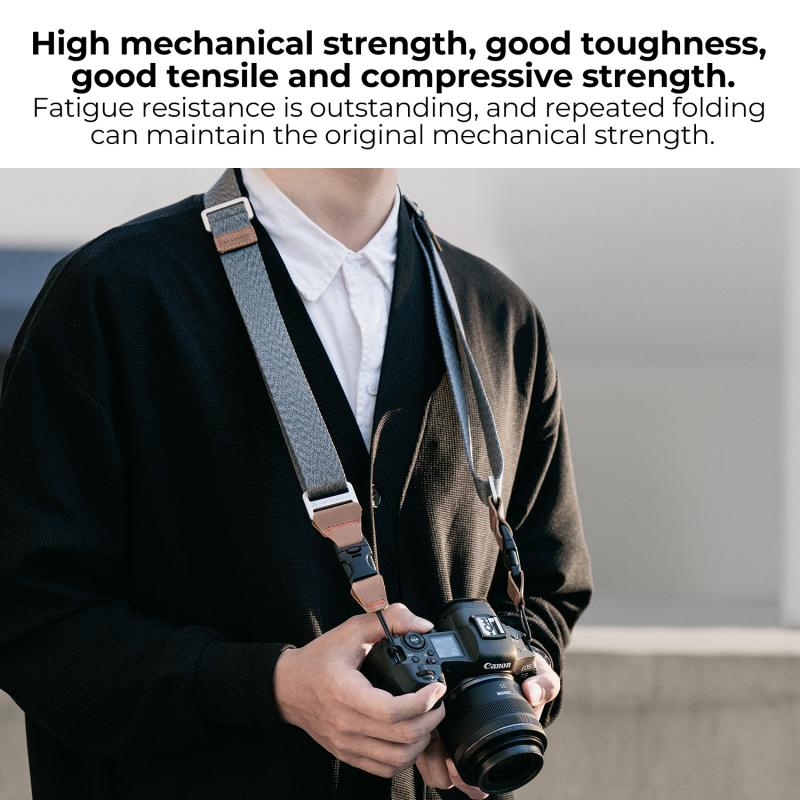
3、 Adjusting the length and fit of a camera shoulder strap
Adjusting the length and fit of a camera shoulder strap is essential for ensuring comfort and ease of use while carrying your camera. Here's a step-by-step guide on how to adjust your camera shoulder strap:
1. Start by identifying the adjustment points on your camera shoulder strap. Most straps have two adjustment points - one near the attachment point to the camera and another near the shoulder pad.
2. To adjust the length, locate the buckle or slider near the attachment point. Slide the buckle or adjust the slider to increase or decrease the length of the strap according to your preference. Ensure that both sides of the strap are adjusted evenly for balance.
3. Next, adjust the fit of the shoulder pad. Look for a buckle or slider near the shoulder pad and adjust it to position the pad comfortably on your shoulder. This will help distribute the weight of the camera evenly and prevent strain.
4. Once you have adjusted the length and fit, test the strap by wearing it and carrying your camera. Make sure it feels secure and comfortable on your shoulder. If necessary, make further adjustments until you find the perfect fit.
5. Additionally, consider the type of camera you are using and the weight it carries. Some camera shoulder straps come with additional padding or ergonomic designs to provide extra comfort and support. Explore different options to find the one that suits your needs best.
It's important to note that the latest point of view on camera shoulder straps emphasizes the importance of ergonomics and weight distribution. Many photographers now opt for straps that offer wider shoulder pads, adjustable attachment points, and even cross-body designs to reduce strain on the neck and shoulders. Additionally, some straps now come with quick-release mechanisms for easy access to the camera. Ultimately, finding the right camera shoulder strap and adjusting it to your specific needs will greatly enhance your photography experience.
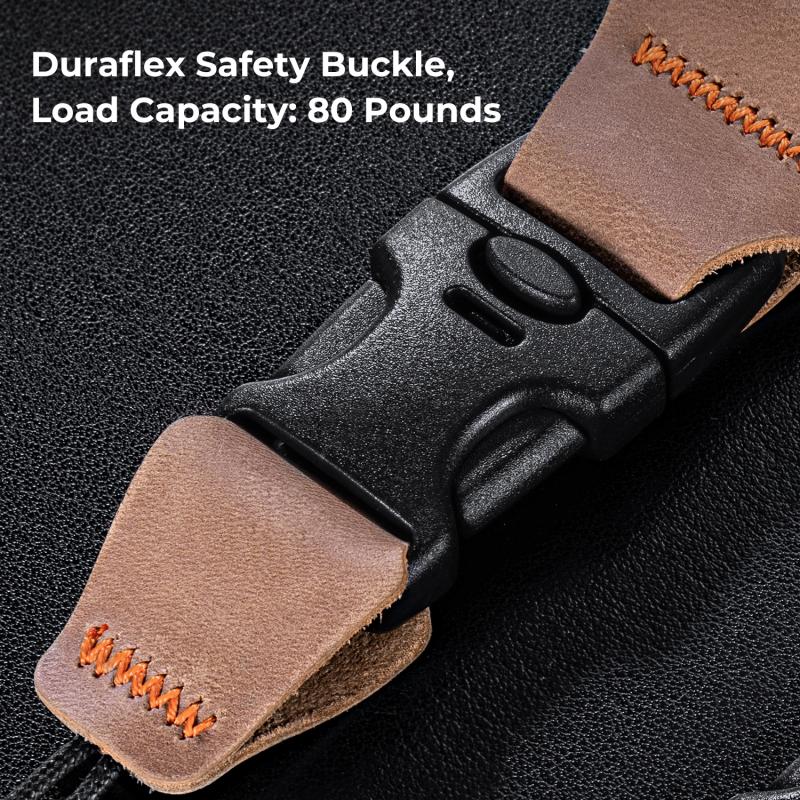
4、 Tips for comfortable and ergonomic use of a camera shoulder strap
Tips for comfortable and ergonomic use of a camera shoulder strap:
1. Adjust the length: Start by adjusting the length of the camera shoulder strap to a comfortable position. The strap should allow the camera to rest at your hip level, making it easily accessible without straining your neck or back.
2. Use a padded strap: Look for a camera shoulder strap that has padding to provide extra comfort. This will help distribute the weight of the camera evenly across your shoulder, reducing strain and discomfort.
3. Cross-body positioning: Instead of wearing the camera strap straight over one shoulder, consider wearing it diagonally across your body. This distributes the weight more evenly and provides better stability, especially when moving around or shooting for extended periods.
4. Use a quick-release system: Opt for a camera shoulder strap that has a quick-release system. This allows you to easily detach the camera from the strap when not in use, reducing the strain on your neck and shoulders.
5. Take regular breaks: Even with a comfortable camera shoulder strap, it's important to take regular breaks to rest your neck and shoulders. This will help prevent muscle fatigue and discomfort.
6. Strengthen your core muscles: Strengthening your core muscles can help improve your posture and reduce strain on your neck and shoulders. Engaging in exercises such as planks, yoga, or Pilates can help build core strength and stability.
7. Consider alternative carrying options: Depending on the type of photography you do, you may want to consider alternative carrying options such as a camera harness or a backpack with a camera compartment. These options distribute the weight more evenly and provide additional support.
In conclusion, using a camera shoulder strap correctly and considering ergonomic factors can greatly enhance your comfort and reduce the risk of strain or injury. It's important to find a strap that fits your body well, provides padding, and allows for easy adjustments. Regular breaks and strengthening exercises can also contribute to a more comfortable shooting experience.
